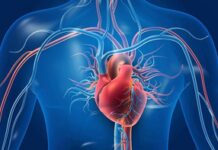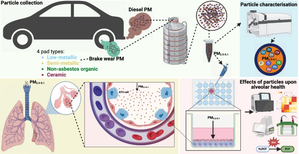New Delhi, Feb 17 (IANS) Exposure to pollution from car brake wear can prove to be more harmful to the lungs than diesel exhaust, according to a study.
The study, led by researchers from the University of Southampton in the UK, emphasised that focusing on particulate matter (PM) exhaust emissions alone may be inadequate to mitigate the health effects of vehicle-derived pollution.
Airborne PM2.5 is known to reach the alveolar regions of the lungs and is associated with more than 4 million premature deaths per year worldwide. While road traffic — diesel exhaust emissions — is a major source of PM in urban environments, non-exhaust emissions, especially from brake wear, represent an increasing component of traffic-related PM, about which there is a paucity of information.
The researchers argued that car brake wear is also not on the target list in exhaust emission reduction measures.
In the paper, published in the journal Particle and Fibre Toxicology, the team found that brake-wear particulate matter from copper-enriched non-asbestos organic, and ceramic brake pads induced “the greatest oxidative stress, inflammation” on lungs.
It also affected a pathway implicated in diseases associated with air pollution exposure, including cancer, and pulmonary fibrosis, as well as causing perturbation of metabolism.
“We demonstrate here that brake-wear PM may perturb cellular homeostasis more than diesel exhaust PM. Our findings demonstrate the potential differences in effects, not only for non-exhaust vs exhaust PM but also amongst different sources of non-exhaust PM,” said James G. H. Parkin, School of Clinical and Experimental Sciences, University of Southampton.
The study demonstrated that copper-enriched brake-wear PM has a greater detrimental effect than diesel exhaust PM. The perturbations caused by copper-enriched PM have the potential to contribute to the development and progression of a range of diseases, negatively impacting healthy living and lifespan.
“Our results suggest that current legislation, which focuses on PM exhaust emissions, may be inadequate to mitigate the health effects of vehicle-derived PM, and that regulations also need to target not only non-exhaust PM emissions but also specific components of PM,” Parkin added.
–IANS
rvt/






























